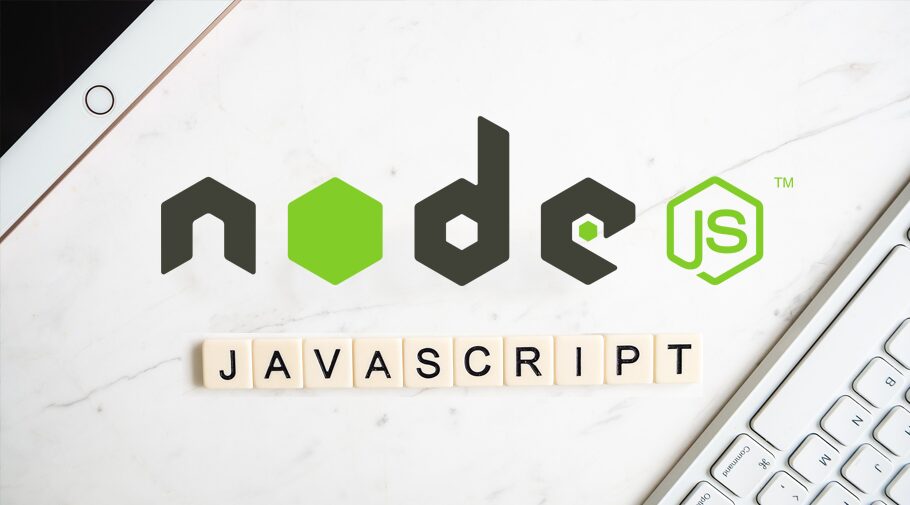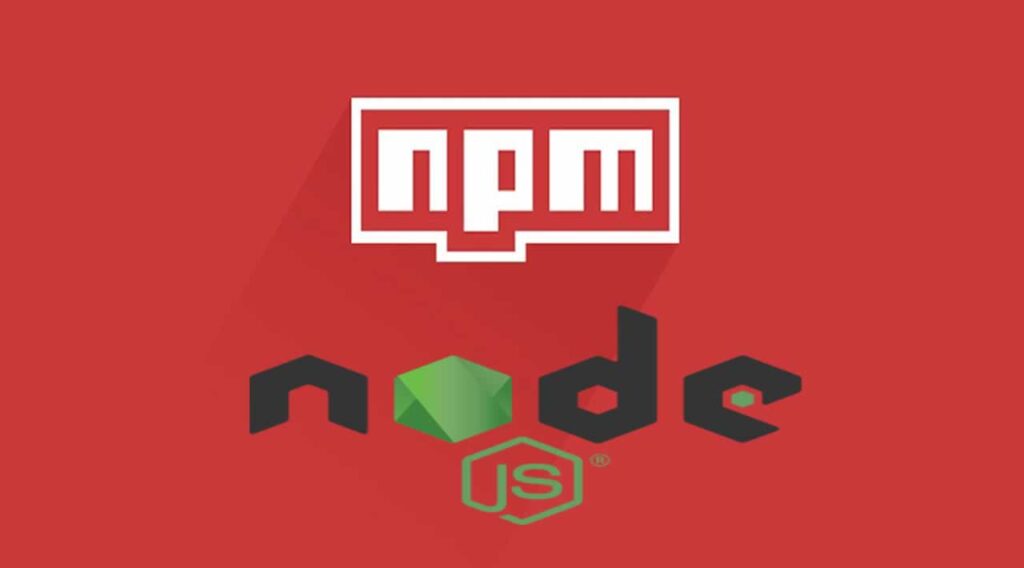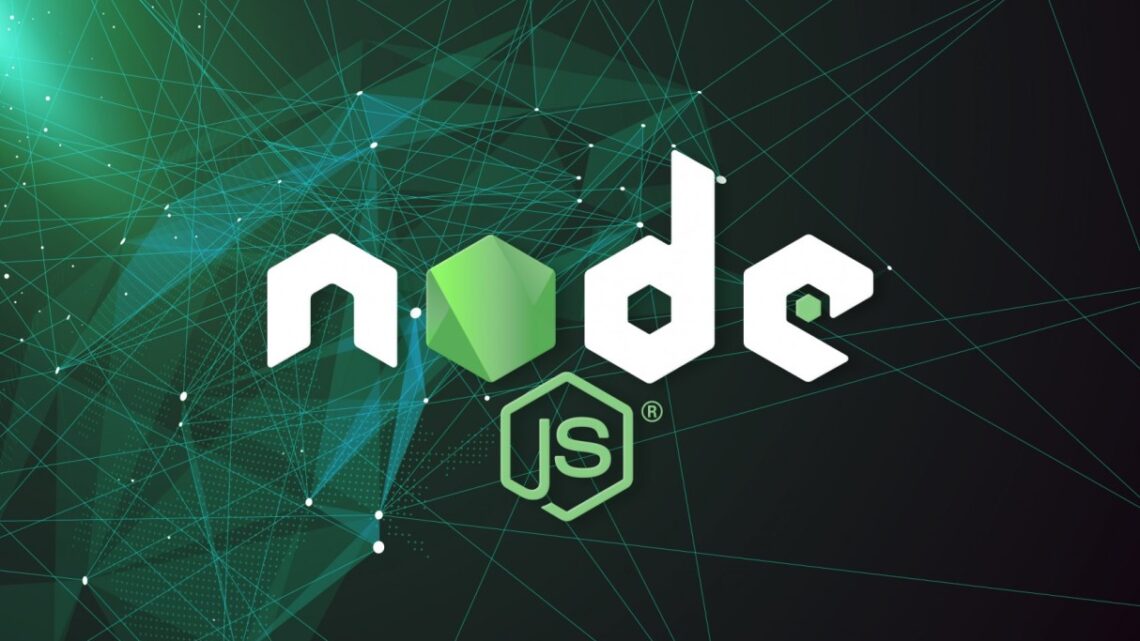
Embracing the Power of Node.js in Modern Web Development
December 22, 2023As a senior programmer with years of experience under my belt, I’ve seen various technologies come and go. But Node.js stands out as a revolutionary force in web development. Its non-blocking, event-driven architecture, and JavaScript-based environment have set a new standard in building scalable and efficient web applications.
In this comprehensive guide, I’ll dive deep into the nuances of Node.js, exploring its core concepts, best practices, and potential as a cornerstone of modern web development.
The Genesis of Node.js
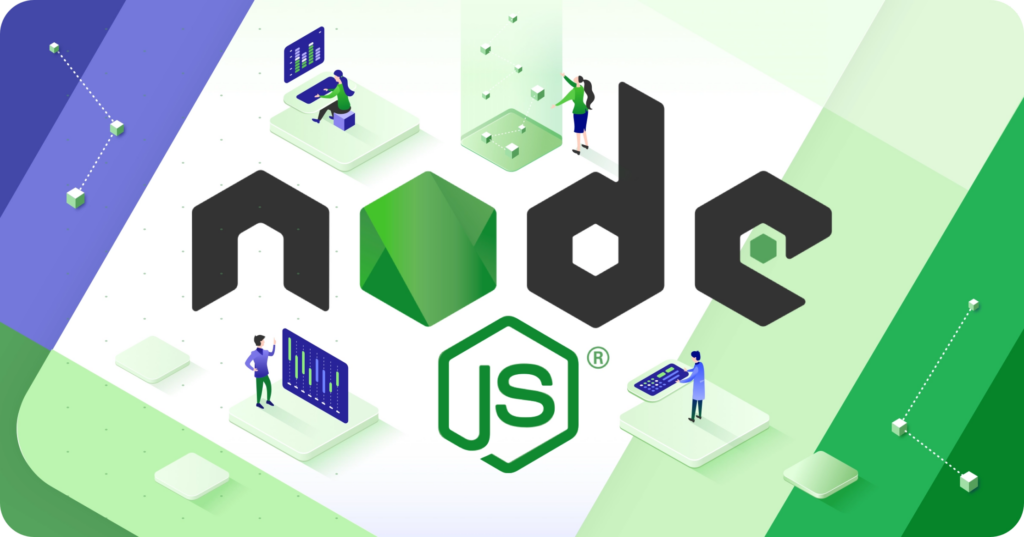
Source: linkedin.com
Node.js emerged as a groundbreaking solution to a common problem in web development: how to handle multiple connections efficiently without incurring the overhead of threading. Built on Google Chrome’s V8 JavaScript engine, Node.js introduced an event-driven, non-blocking I/O model that made it lightweight and efficient, perfect for data-intensive real-time applications that run across distributed devices.
Core Concepts of Node.js
Node.js, at its core, is a paradigm shift in the way web servers are built. Traditional web servers like Apache and IIS operate on a multi-threaded model, creating new threads for each incoming request, which can lead to significant overhead and reduced efficiency under heavy load. Node.js, however, revolutionizes this approach with its event-driven, non-blocking I/O model, which is engineered for optimal performance and scalability.
- Single-Threaded Event Loop: At the heart of Node.js’s architecture is the single-threaded event loop. Unlike traditional server models that utilize multiple threads, Node.js runs on a single thread, managing all I/O operations asynchronously. This event loop is the secret sauce that allows Node.js to handle thousands of concurrent connections without the overhead of thread management. It continuously polls for events and, upon detecting one, dispatches it to be handled by the appropriate callback.
- The non-blocking I/O model is another cornerstone of Node.js. In traditional models, I/O operations like reading from a file or querying a database can block the thread, causing the server to be unresponsive until the operation completes. Node.js, conversely, performs these operations asynchronously. When an I/O request is made, it is initiated and then put aside until the result returns, allowing the event loop to continue handling other events. This approach prevents any single operation from holding up the server, leading to much more efficient use of resources.

Source: letscloud.io
- JavaScript Everywhere: Node.js extends the reach of JavaScript, traditionally a client-side language, to the server side. This unification simplifies development, as the same language can be used across the entire stack. JavaScript’s event-driven nature aligns seamlessly with the asynchronous architecture of Node.js, making it an ideal language for this environment.
- First-Class Asynchronous Programming: Asynchronous programming is a first-class citizen in Node.js. This is evident in its extensive use of callbacks, Promises, and Async/Await patterns for handling asynchronous operations. This approach is essential for non-blocking behavior and is a significant departure from the linear, blocking way of writing code in traditional server-side languages like PHP or Java.

Source: morioh.com
- The Ecosystem: NPM: Node.js is complemented by an extensive ecosystem, predominantly managed through the Node Package Manager (NPM). NPM hosts thousands of open-source libraries and modules, which can be easily integrated into Node.js applications. This vast ecosystem not only accelerates development but also encourages modular and reusable code design.
- Efficient Handling of Real-Time Applications: The non-blocking and event-driven architecture makes Node.js exceptionally suitable for real-time applications like chat applications, online gaming, and collaboration tools. These applications benefit from the ability of Node.js to handle multiple simultaneous connections with minimal overhead.
- Microservices Architecture: Node.js lends itself well to a microservices architecture. Its lightweight nature and modular design philosophy make it an excellent choice for building and deploying individual microservices. This approach aligns with modern development practices that favor decoupling large applications into smaller, independently deployable services.
Setting Up the Environment

Source: kinsta.com
Getting started with Node.js is straightforward. After installing the Node.js runtime from its official website, developers can immediately start building applications. The ecosystem, powered by the Node Package Manager (NPM), provides an extensive library of open-source modules, making it easy to add functionality to your applications.
NPM: The Catalyst of Node.js
NPM, the default package manager for Node.js, is an integral part of its ecosystem. It manages the dependencies of a Node.js project, allowing developers to install, update, and utilize packages from the NPM registry. Understanding NPM is crucial for efficient Node.js development.
Building and Structuring Applications
Node.js excels in building a variety of applications, from simple web servers to complex RESTful APIs. The key to effective Node.js applications lies in modular development, dividing the application into smaller, manageable parts. Frameworks like Express.js simplify routing and middleware integration, further streamlining the development process.
Asynchronous Programming and Callbacks

The heart of Node.js’s non-blocking I/O is its asynchronous programming model. Callbacks are the backbone of this model, allowing functions to execute without waiting for previous processes to complete. However, excessive use of callbacks can lead to a phenomenon known as “Callback Hell,” where the code becomes tangled and difficult to manage. This challenge led to the introduction of Promises and Async/Await, which offer a cleaner, more readable way to handle asynchronous operations.
Database Integration
Node.js pairs well with various databases, both SQL (like PostgreSQL and MySQL) and NoSQL (like MongoDB). The choice of database largely depends on the application’s data structure and requirements. For instance, MongoDB, with its JSON-like documents, integrates seamlessly with Node.js applications, especially when dealing with large amounts of unstructured data.
Testing and Debugging
Robust testing is vital in Node.js development. Frameworks like Mocha and Jest provide a solid foundation for writing and executing tests. Debugging in Node.js, augmented by tools like Node Inspector or built-in debugging utilities in IDEs, helps in identifying and fixing issues efficiently.
Deployment and Monitoring
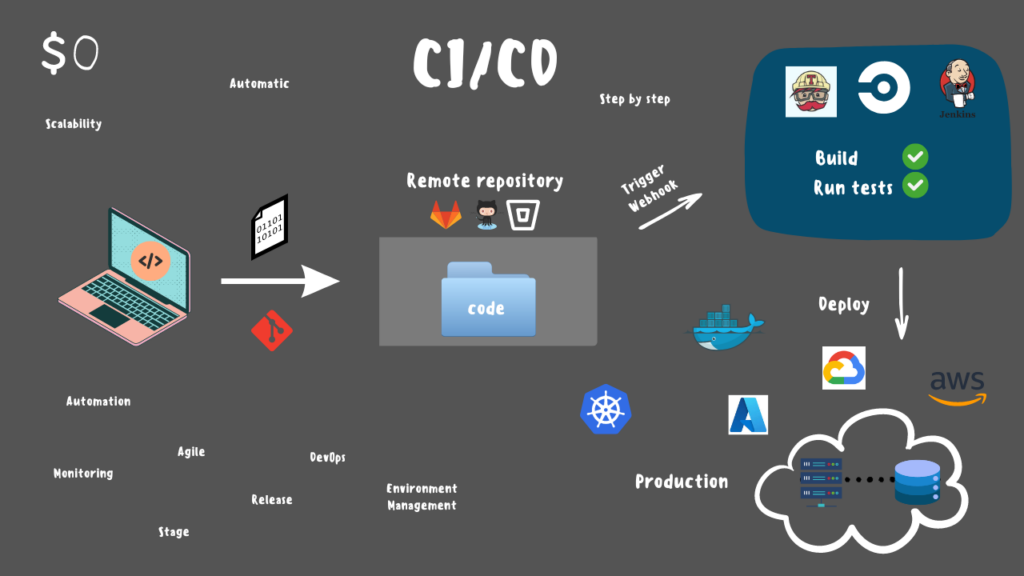
Source: medium.com
Deploying Node.js applications can be done on various platforms, from traditional servers to cloud services like AWS, Azure, or Heroku. Containerization with Docker is also a popular choice, offering an isolated environment for each application. Monitoring the performance and health of a Node.js application in production is crucial. Tools like PM2 for process management and monitoring, and logging utilities like Winston or Bunyan, are essential for maintaining the application’s stability and performance.
The Future of Node.js Development
As we look towards the future of web development, Node.js stands as a pivotal technology, continuously evolving and influencing the landscape. Its versatility and efficiency have not only captivated individual developers but have also become a cornerstone for numerous Node.js development companies. These organizations are harnessing the power of Node.js to build scalable, efficient, and innovative web solutions. Let’s explore the trends and advancements poised to shape the future of Node.js development.
Increased Adoption in Enterprise Solutions
Node.js has steadily been gaining traction within enterprise environments. Its ability to handle concurrent requests and its scalable nature makes it an appealing choice for large-scale applications. Node.js development companies are increasingly being sought after by enterprises looking to leverage Node.js for building robust back-end systems and microservices architectures. This trend is likely to accelerate, positioning Node.js as a mainstay in enterprise web solutions.
Advancements in Performance and Scalability

Source: peerbits.com
Continued improvements in performance and scalability are at the forefront of Node.js’s future. The introduction of features like worker threads has been a significant step in extending Node.js’s capabilities in handling CPU-intensive tasks. Node.js development companies are keenly adopting these features to enhance the performance of the applications they build, further establishing Node.js as a performant solution for complex applications.
Broader Integration with Cloud and Serverless Architectures
Node.js is exceptionally well-suited for cloud and serverless computing paradigms. Its lightweight and fast boot-up time align perfectly with the ephemeral nature of serverless functions. As cloud computing continues to dominate, Node.js development companies are finding innovative ways to integrate Node.js into cloud-based and serverless architectures. This integration enables more efficient scaling and resource usage, especially in response to varying loads.
Commitment to Robust Security Enhancements
As the adoption of Node.js grows, particularly in enterprise and financial sectors, there’s an increasing focus on enhancing its security. Node.js development companies are investing in implementing robust security measures and contributing to the Node.js ecosystem’s security tools and best practices. Future versions of Node.js are expected to come with even more built-in security features, making it a safer platform for developing critical applications.
Expanding Ecosystem and Community Contributions
The Node.js community is one of its greatest strengths, and the ecosystem is continuously expanding with new tools, libraries, and frameworks. This vibrant community plays a crucial role in the ongoing development and improvement of Node.js. Node.js development companies often contribute to this ecosystem, sharing tools and libraries that they’ve developed, which in turn fuels further innovation and growth in the Node.js landscape.
Embracing Modern JavaScript and ECMAScript Standards

Source: blog.logrocket.com
Node.js is continuously updated to support the latest JavaScript features and ECMAScript standards. This commitment ensures that developers and Node.js development companies can leverage the most modern language features, making their code more efficient and expressive. As JavaScript evolves, so too does Node.js, keeping it at the cutting edge of web development technologies.
Focus on Long-Term Support and Stability
The Node.js team’s dedication to long-term support (LTS) is a key factor in its adoption by businesses. LTS versions provide stability and support for extended periods, which is crucial for Node.js development companies working on long-term projects or enterprise applications. This approach ensures that businesses can rely on Node.js for their critical applications without concerns about abrupt changes or lack of support.
Conclusion
Node.js has undoubtedly reshaped the landscape of web development. Its non-blocking architecture and JavaScript-based ecosystem have made it a favorite among developers for building fast, scalable, and efficient web applications. As the web continues to evolve, so does Node.js, constantly adapting to meet the challenges of modern web development. For any developer looking to build high-performance web applications, Node.js offers an exciting and powerful platform to unleash their creativity and technical prowess.

